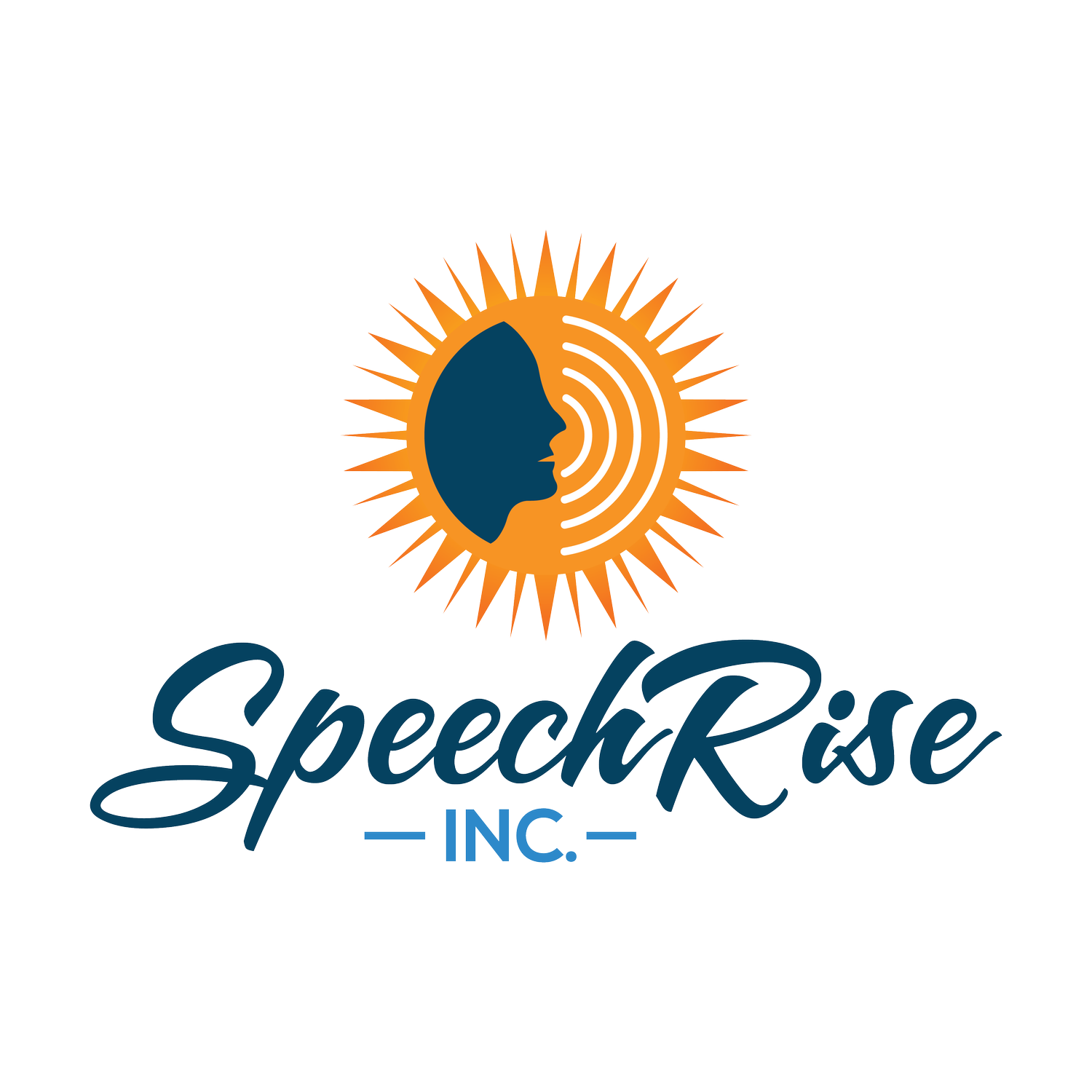Toddler Play Feeling Stuck? Find Out How You Can Help
Author: Written by Nicole Dobranski, M.S., CCC-SLP – a licensed pediatric speech-language pathologist and founder of SpeechRise, serving NYC and the Hamptons
When Play Feels “Stuck”: How to Expand Language Using Your Toddler’s Favorite Toys
If you're the parent of a toddler who seems stuck playing with the same toy over and over—this one’s for you.
Recently, a mom in a local Facebook group shared her concern: her son was only interested in playing with cars and trucks. He lined them up, raced them around, and ignored everything else in the toy bin. She wondered if she should toss the cars altogether so he could start exploring different toys and learn new concepts like shapes, colors, and letters.
As a fellow toddler mom and a speech-language pathologist, I get the urge. When it feels like your child’s play is rigid or repetitive, it’s natural to want to “fix” it. But instead of removing the toy, I encouraged her—and now I’m encouraging you—to lean in to what your child loves. Because when it comes to early language development, child-led, play-based learning is one of the most powerful tools we have.
According to research, symbolic and functional play is closely tied to language growth in the toddler years (Barton & Wolery, 2008; Lifter et al., 2011). When we follow our child’s interests and model new ways to play, we’re not just teaching concepts—we’re building the foundation for communication, problem-solving, and flexible thinking.
So, what can you do when your child is hyper-focused on one toy, like cars?
Bridge the gap between what they love and the language you want to build.
Instead of tossing the cars, incorporate them in new play schemes. Try something like this:
Set up a simple art activity where your toddler drives their toy cars through paint. Then, stamp the painted tire tracks onto paper to create shapes—circles, squares, triangles. While you play, label each shape, describe the colors, and talk about what’s happening:
“Look! Your car made a red circle!”
“Let’s make a square next—can you drive this way?”
This approach does a few key things:
Keeps your child motivated and engaged using a favorite toy
Expands their play skills by introducing a new way to use the object
Boosts language learning by pairing actions with rich vocabulary and new concepts
It also provides a sense of safety and familiarity, which is important for toddlers who may resist change or novelty.
So next time you feel the urge to hide the cars, pause. Ask yourself instead:
“How can I build on what my child already loves?”
Because when play feels safe, fun, and meaningful—language grows naturally.
If you're a parent who feels confused about where to even begin with play, don't worry- I am here to help! Get in touch today with your questions!
